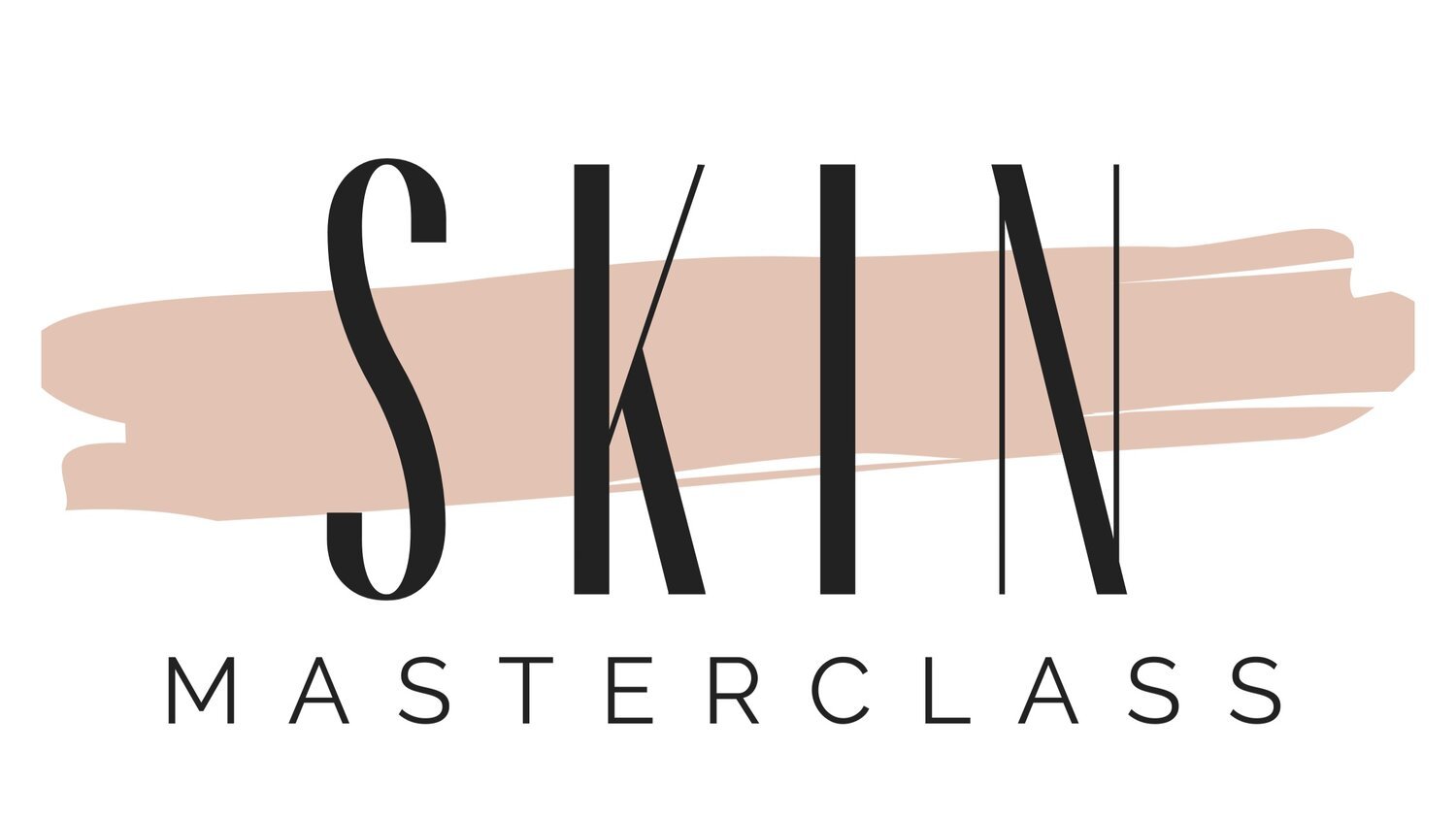Clients afraid to use Benzoyl Peroxide? Here is the solution.
Benzoyl peroxide (BPO), a drug ingredient that is included in OTC products to treat acne, has been making waves on social media lately, pushed by recent attention from an independent lab report.
The lab revealed that at above 50°C over 18 days (which do not reflect real-life usage and storage conditions), elevated levels of benzene was observed.
However, setting aside this which I already covered on my Instagram, let's talk the facts on how BPO actually works.
BPO operates by breaking down and releasing oxidizing oxygen upon interaction with skin amino acids. This oxidizing oxygen effectively destroys the proteins of acne-causing bacteria and creates an oxygen-rich environment that the bacteria DISLIKE and can not survive.
However, one challenge with BPO is its stability.
Stability poses a challenge that formulating pharmacists and chemists tackle by experimenting with different mixtures and ratios of solvents to both solubilize BPO and maintain its stability.
This stability challenge should not concern you or your clients using BPO, as the products are regulated as drugs and undergo extensive tests before it gets on the shelves.
Regarding available concentrations, BPO is offered in 2.5%, 5%, and at 10%.
For instance, for clients with mild to moderate acne, starting with 2.5% or 5% leave-on concentrations is advisable. However for wash-off products, you can possibly stretch this to 10%. These concentrations empower skin professionals like yourself to balance efficacy and side effects.
We all know that fear is big decision factor when our clients are making a decision in buying skincare, after all, terms like “clean" and "free-from” movement is an outcome of these movements.
So, for your clients still worried about benzene, offering alternatives to BPO can be reassuring until the noice on social media quietens.
Sulfur, for example, possesses antimicrobial and anti-inflammatory properties.
Salicylic acid, approved for acne treatment at concentrations of 0.5% to 2%, provides deep pore cleansing and exfoliation benefits.
Azelaic acid is a great alternative to BPO, approved as an acne treatment ingredient at concentrations of 15-20%.
Lastly, mandelic acid, known for its antimicrobial and anti-inflammatory properties is the most suitable AHA option for your clients dealing with acne and pigmentation.
But please remember that BPO will always remain as the gold-standard treatment for acne.


